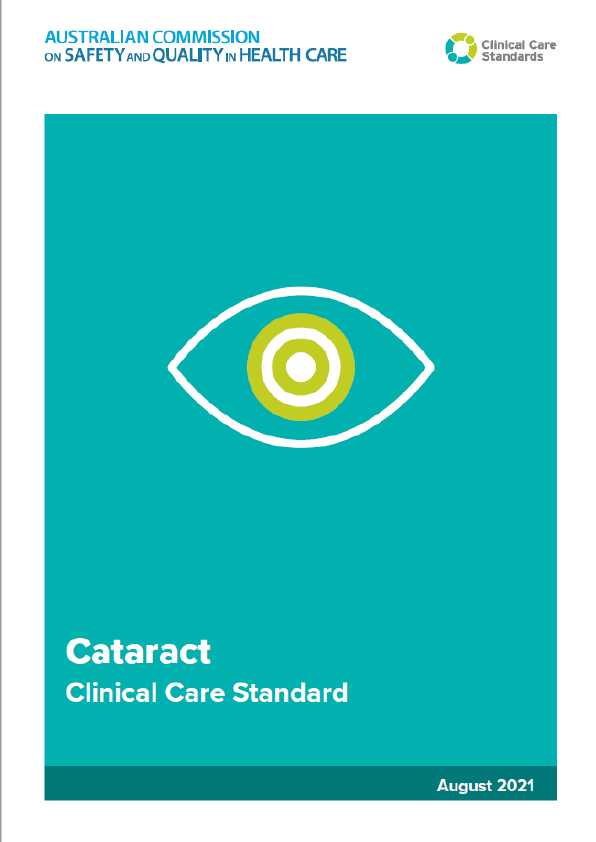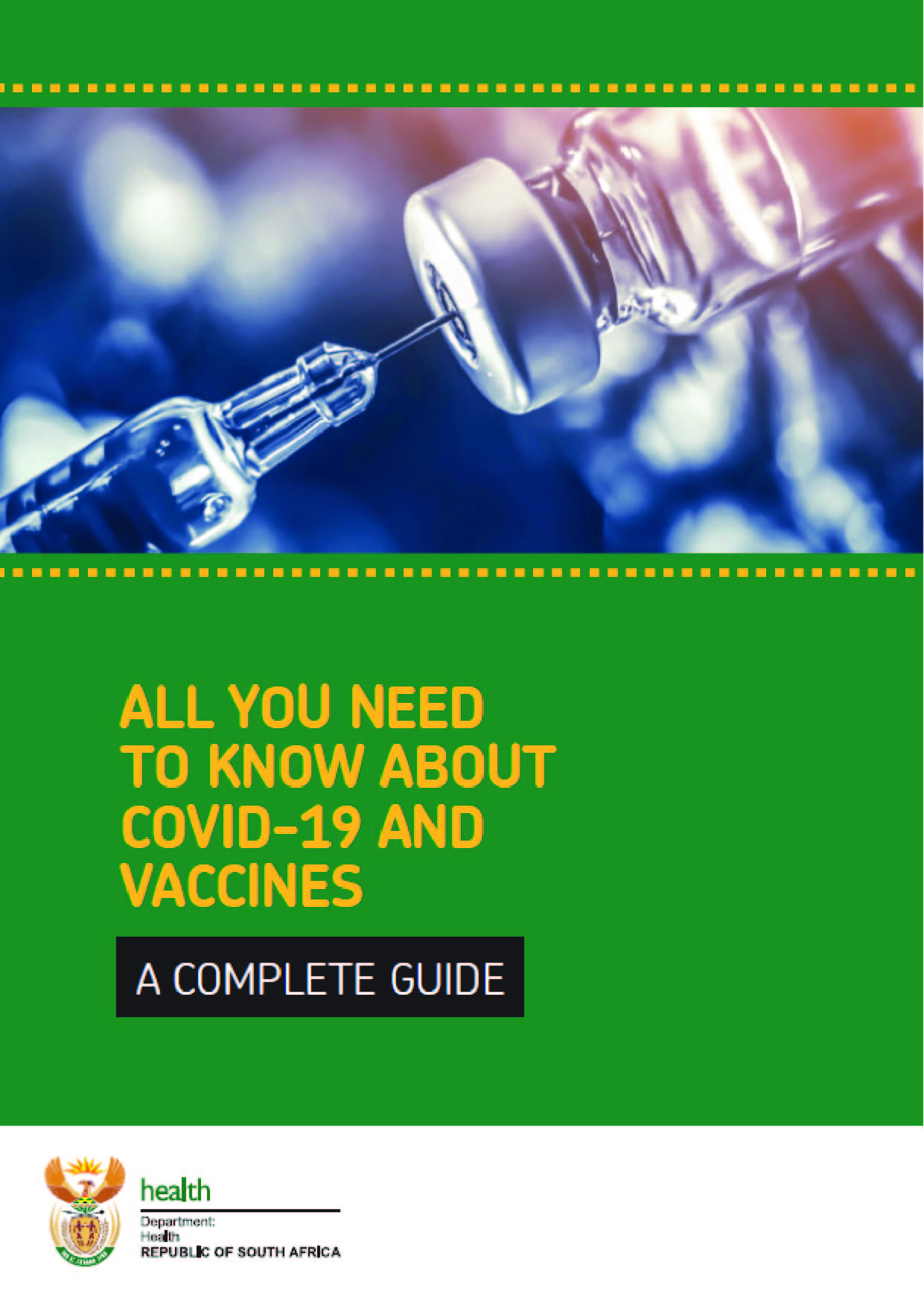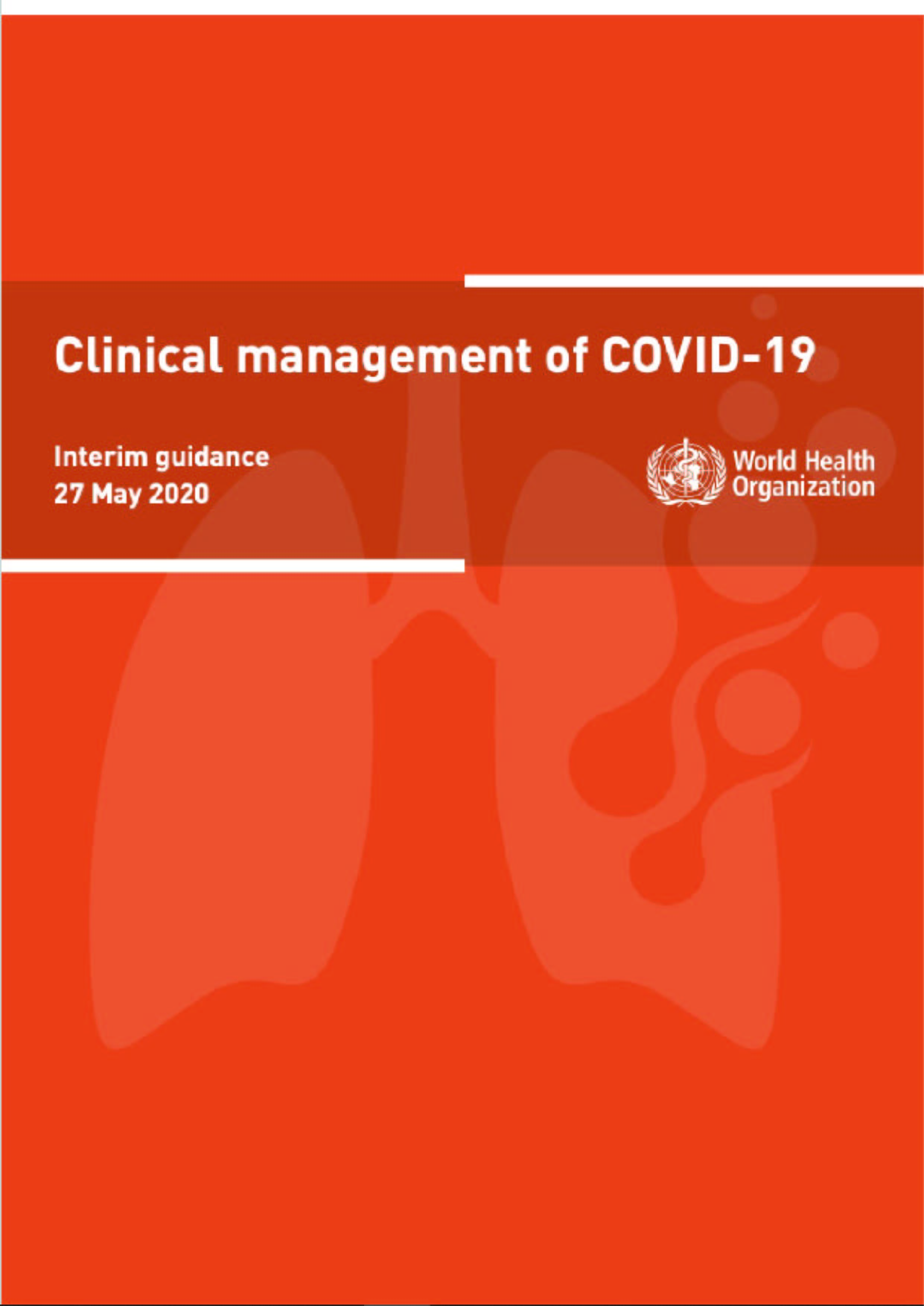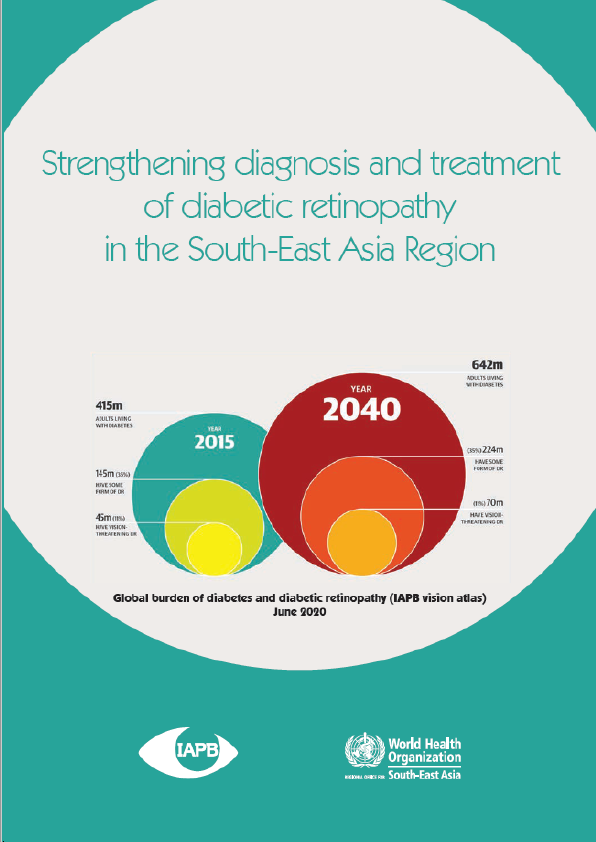RBC Indices
Red blood cell indices are useful parameters when investigating suspected anemia. They help provide a general idea of the clinical picture, predict the red blood cell appearance, and aid in the classification of anemia. These indices may be calculated using the red blood cell count, hematocrit, and hemoglobin values generated by automated hematology analyzers, or directly measured in the case of MCV, depending on the model of instrument being used.
Red Blood Cell Distribution Width (RDW)
RDW is the coefficient of variation or standard deviation of the MCV. Similar to the RBC indices, it is determined by automated cell counting instruments and is used to predict the degree of red blood cell size variation, known as anisocytosis.
An increase in the RDW would indicate a higher presence of anisocytosis on the peripheral blood smear.
A decrease in the RDW is not associated with any known abnormalities.
*Reference range: 11.5-14.5%
*Please be aware that the reference ranges provided in this book were obtained from multiple sources and may not accurately reflect the values used in your laboratory. References ranges vary depending on institution, patient population, methodology and instrumentation. Laboratories should establish their own ranges based on these factors for their own use.
Poikilocytosis
General Peripheral Blood Smear Description:
Poikilocytosis is a general term used to describe the collective presence of various abnormal red blood cell shapes on a peripheral blood smear. Normal red blood cell morphology is described in the previous two chapters but under certain clinical conditions, they can take on various shapes or morphologies. When certain red blood cell shapes are predominant, this may be associated with specific disease states.
Acanthocytes (Spur Cells)
Cell Description:
Red blood cells appear small and dense, lacking an area of central pallor with multiple spiky projections (spicules) of varying lengths protruding from the membrane. Projections are irregularly distributed around the cell membrane.
Cell Formation:
Acanthocyte formation occurs as a result of either hereditary or acquired membrane defects. Defects that cause an imbalance between the membrane cholesterol and lipid content affect the RBC’s ability to deform resulting in more rigid plasma membrane. Red blood cells are then remodelled in circulation, resulting in an acanthocyte.











